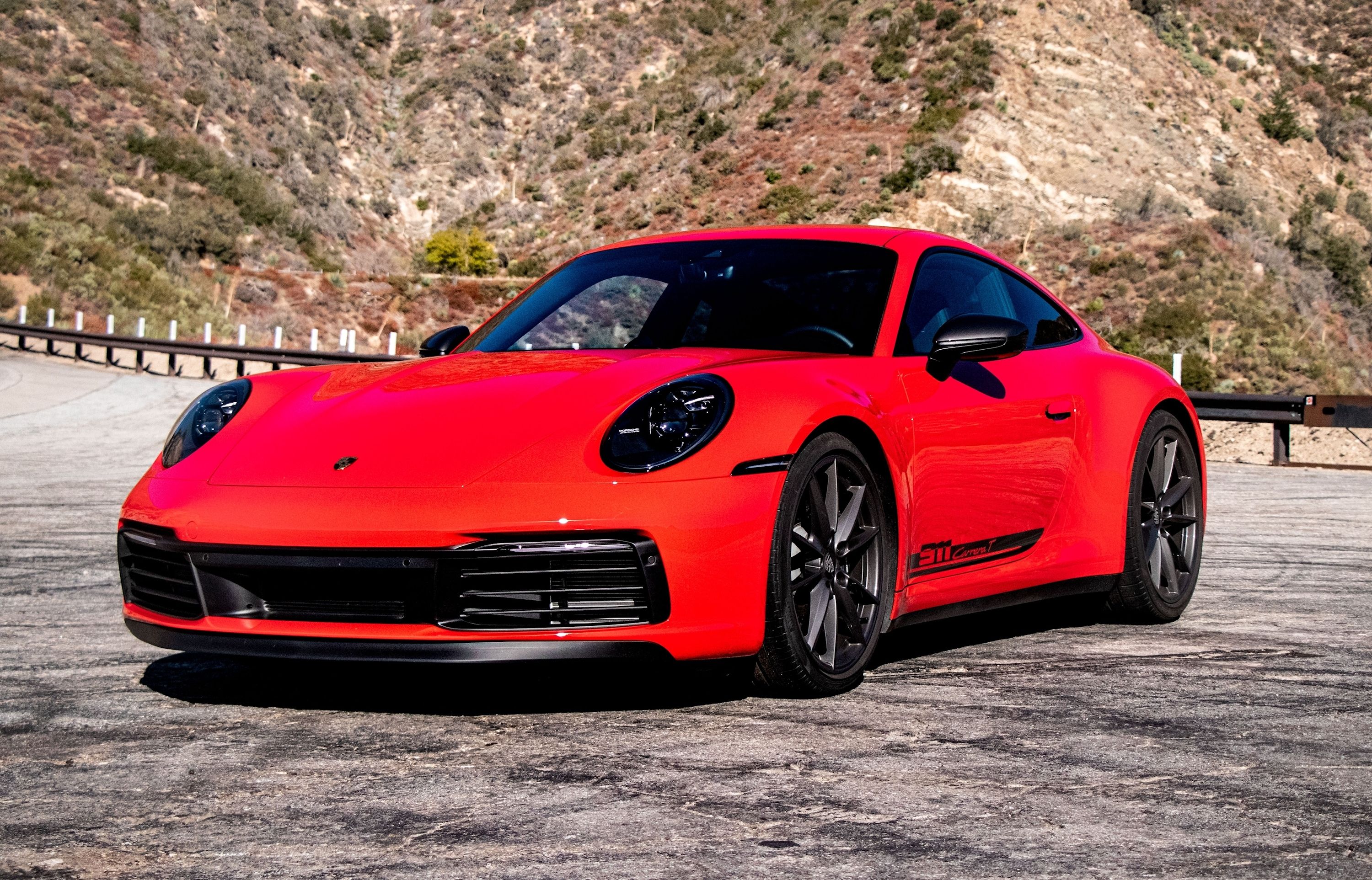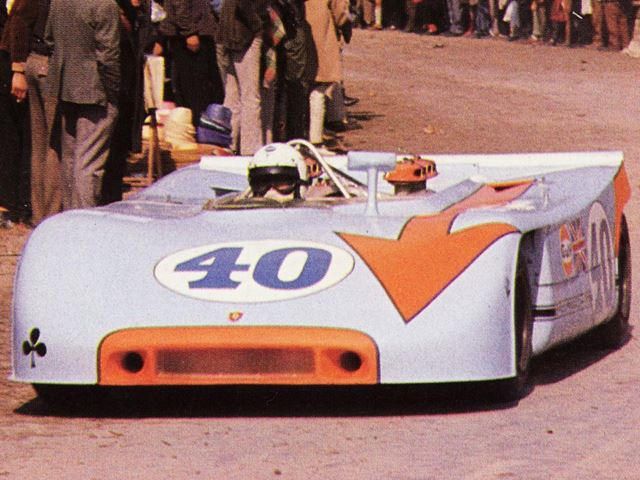
In truth, the Targa Florio is only one of the three races which essentially defined GT racing. The other two would be the Mille Miglia (also Italian) and Mexico's Carrera Panamericana. But the Targa Florio was the first, and provided the inspiration for the format of the other races. Although the Targa Florio was relatively short, even compared to the races it inspired, it managed to grow to be much bigger and also outlive many contemporary races.
The race was first held in 1906 and was the brainchild of Vincenzo Florio, a wealthy young Sicilian who had been utterly obsessed with auto racing ever since he had seen his first car on a visit to Paris. Like the Mille Miglia, which would come a couple decades later, the Targa Florio was almost completely dominated by Italian manufacturers and drivers during its early years. But unlike the Mille Miglia, the Targa Florio also saw a period during the late Twenties when Bugatti reigned supreme. This was then followed by a period with Alfa Romeo on top, the same marque which would define the early days of the Mille Miglia.
From 1937 until the outbreak of WWII, Maserati (then under the second of many, many owners) would win four years in a row. The race remained mostly Italian for the first several years after the war, but following a win by Mercedes-Benz in 1955, more and more victories started going to the Germans. By the time the race folded in 1977, Porsche had won more times than any other manufacturer. This has been said to be the inspiration for the naming of the 911 Targa, although the word "targa" translates from Italian as "plate", and as such would be fitting for the car anyway.
The race was always held near Palermo in the mountains of northern Sicily, but the specific course changed numerous times. The first race totaled 277 miles made in three laps of the circuit, but some years saw the race shortened to less than a hundred miles, while some came to more than 600 miles. The race would become part of the FIA World Sports Car Championship in 1955, after which the race length remained between 400 and 500 miles. Italian speakers will already know that the Mille Miglia was 1,000 miles long, and with the Carrera Panamericana coming to just under 2,100 miles, the Targa Floria was fairly short by comparison.
As a standalone race in 1906, this was fine, but a race as short as this would surely have ended much sooner had it not become part of a series. Winding through the mountains and sleepy medieval Sicilian villages, the Targa Florio was easily one of the most beautiful of all auto races. But while these narrow public roads with virtually no safety features whatsoever were fine for the 45-horsepower race cars of 1906, the 600-horsepower cars of the Seventies weren't quite as safe on the same course. With accidents rising alongside the increased power in the cars, the FIA finally pulled out of the race after 1973.
The race continued as a national event, with much less powerful cars, for a few more years but was discontinued altogether after 1977. In all, nine people were killed over the 61 Targa Florio races. This is certainly a lot, but it's actually a fatality rate which is considerably lower than those of other contemporary races, even with fewer safety precautions. But safety concerns aside, endurance racing had really become the preferred venue for top-tier sportscar racing by this point anyway, and the Targa Florio existed more for tradition than relevance.

